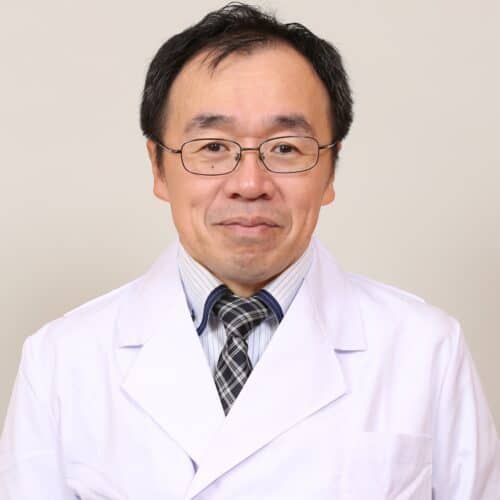Dr. Takahiro Ushida is Professor and Director of the Multidisciplinary Pain Center at Aichi Medical University in Japan. He has been in the pain field since 1995, joined IASP in 1996 and has attended the last 10 World Congresses on Pain. He specializes in orthopedics and spinal cord-associated pain and has volunteered with IASP on several working groups and task forces.
How did you get into pain science? Did you always know it was what you wanted to do or did you start somewhere else?
After graduating from medical school, I worked mainly on spine/spinal cord diseases in the Department of Orthopedics, and I realized that many patients suffer from pain even after some nerve recovery has been achieved by appropriate surgical procedures. At that time, I was convinced that without a neurophysiological analysis and an understanding of the mechanisms of pain, I would not be able to treat my patients’ pain. I went to study under the guidance of Professor Willis at the University of Texas Medical Branch at Galveston (UTMB) to learn about the conduction mechanisms of spinal pain. I believe my experiences and encounters at the University of Texas have had a significant impact on my research life.
Do you have collaborators? Why did you choose to work them and what problem are you trying to solve?
I currently work in a multidisciplinary pain center, and I work with anesthesiologists, psychiatrists, clinical psychologists, nurses, physiotherapists, and researchers who specialize in the basics of pain. Each of our members has a long research carrier including basic departments, so there are many differences of opinion. When we think about the direction of treatment and research, we first think about what we can do for patients now, and at the same time, we think about what we need to do more of this in the future.
What has been your biggest professional challenge/obstacle thus far and how did you handle it/overcome it?
Patients with chronic pain are very common in musculoskeletal disorders. Many of them suffer from chronic pain that has not only a physical problem but also a psychological factor. Therefore, I had been working on brain imaging research because I thought brain science was necessary, but at the time there were no spinal cord clinicians working on this kind of research, so I was having trouble getting the understanding of those around me. I believe that this research has been carried out with the support of many professors, especially my mentor, Professor Yamamoto.
If you could offer one piece of advice to a younger you, what would it be and why?
There’s something about persistence that is second to none. Even if you don’t have the ability, if you use that persistence to move forward, you’ll see things that only you can find. As an MD, think about each patient as best you can and work with sincerity.
Why did you become an IASP member?
At UTMB, there were many active members of IASP, including Professors Carlton and Chung, led by Prof. Willis, and many other members of the lab were also members of IASP. Very naturally, I also became a member of IASP. By the way, my friend Professor Sluka also became a member at that time.
What do you do in your spare time? Do you have any hobbies, other pursuits, or hidden talents?
I’m a mountaineer and a river fisherman when I have time.
Interested in becoming a member of IASP?
With your IASP membership, you gain access to:
- PAIN Journal
- Pain Education Resource Center (PERC)
- Access to 24 Special Interest Groups (SIGs)
- Online Career Center access
- Discounts on World Congress
- Network of thousands of pain researchers from around the world!
Membership dues are determined by income, the rates of membership can be found at this page of our website.


